Petticoats, once a staple in women’s wardrobes, are making a significant comeback in the fashion industry. These versatile undergarments not only add volume and shape to skirts and dresses but also offer a touch of vintage elegance. As fashion trends evolve, petticoats are being reimagined to meet modern demands, making them a must-have item for fashion enthusiasts worldwide.
Table of Contents:
– Market Overview
– The Evolution of Petticoat Design
– Materials and Fabrics: What’s Trending?
– Functionality and Features
– Cultural Significance and Heritage
Market Overview
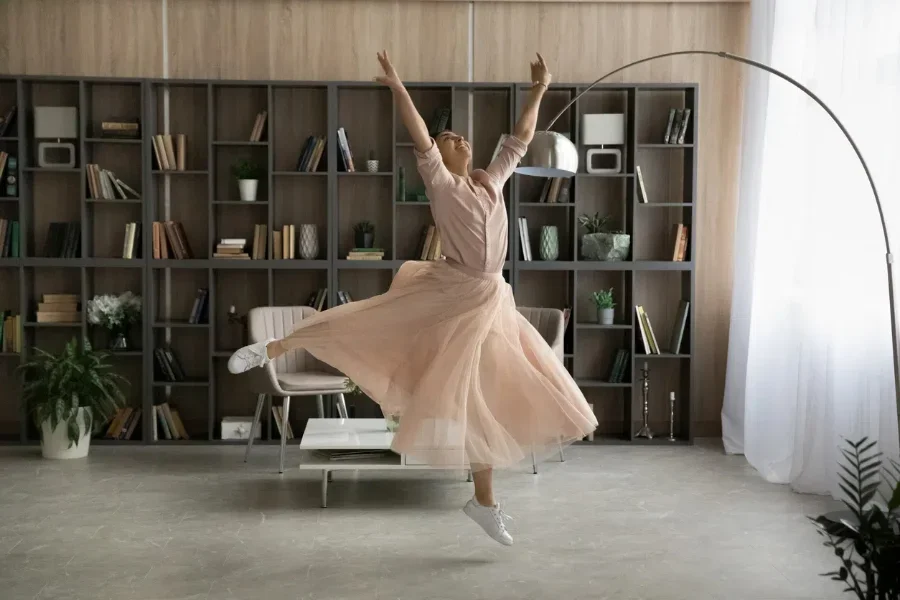
Global Demand for Petticoats
The global demand for petticoats has seen a resurgence in recent years, driven by a renewed interest in vintage fashion and the increasing popularity of retro-inspired clothing. According to a report by Research and Markets, the global women’s lingerie market, which includes petticoats, is projected to grow from USD 59.07 billion in 2023 to USD 62.52 billion in 2024, with a compound annual growth rate (CAGR) of 6.17%, reaching USD 89.85 billion by 2030. This growth is attributed to the rising expenditure on personal appearance and the growing trend of using flexible fabrics in lingerie manufacturing.
Key Markets and Demographics
The demand for petticoats varies significantly across different regions and demographics. In the Americas, particularly in the United States and Canada, there is a high consumer spending on lingerie products, including petticoats. North American consumers prioritize brand loyalty and sustainability, with a significant emphasis on size inclusivity and body positivity. In Europe, countries like the United Kingdom, France, and Italy are at the forefront of embracing eco-conscious lingerie, with a strong demand for organic and recycled materials.
In the Asia-Pacific region, countries such as China, Japan, and India are experiencing substantial growth in the women’s lingerie market. This growth is fueled by increasing disposable incomes, a burgeoning middle class, and a growing emphasis on personal well-being. The online retail sector has become a significant channel for purchasing lingerie, driven by convenience and the availability of multiple products. According to Research and Markets, the Asia-Pacific region is one of the most dynamic and fastest-growing markets for women’s lingerie, including petticoats.
Economic Impact on Petticoat Sales
The economic impact on petticoat sales is influenced by several factors, including consumer spending habits, fashion trends, and the overall economic environment. The resurgence of petticoats in the fashion industry has led to increased sales and revenue for manufacturers and retailers. The growing trend of vintage and retro fashion has also contributed to the rising demand for petticoats, as consumers seek to incorporate these timeless pieces into their wardrobes.
Moreover, advancements in fabrics and manufacturing technologies have improved the quality and variety of petticoats available in the market. This has led to better fits, innovative materials, and sustainable options, providing significant opportunities for manufacturers. However, high competition and market saturation in certain segments make differentiation difficult. Additionally, incidents of skin allergies from certain fabrics can impact the adoption rate of petticoats.
The Evolution of Petticoat Design
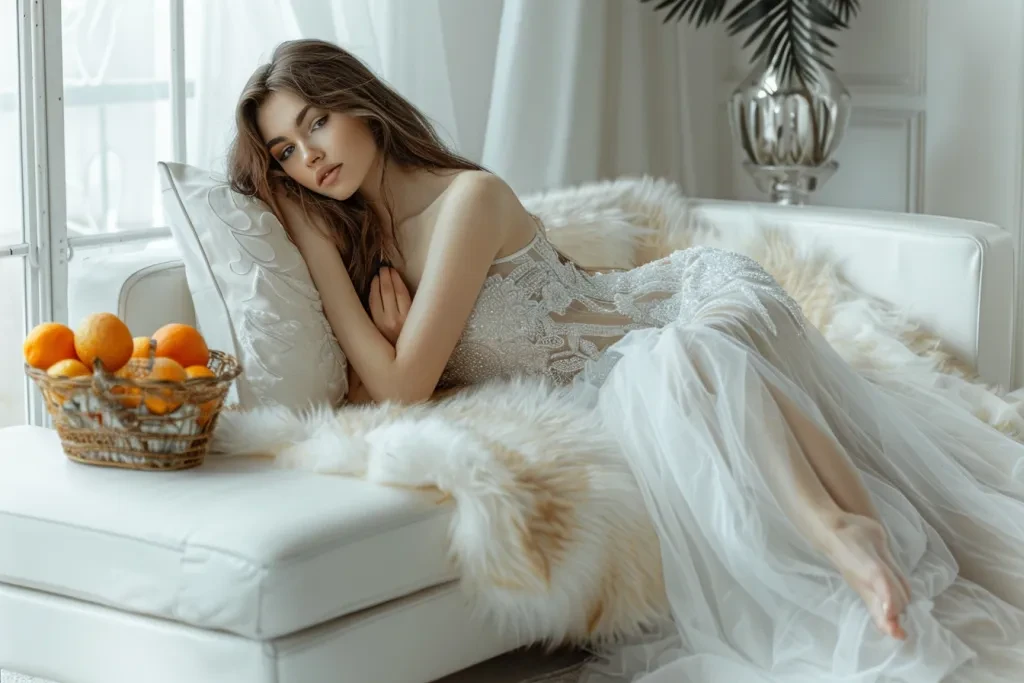
Historical Influences and Modern Adaptations
Petticoats have a rich history that dates back to the 16th century, where they were initially worn as an undergarment to provide warmth and modesty. Over the centuries, petticoats evolved in both function and design, influenced by the fashion trends of each era. In the Victorian era, petticoats became more elaborate, often featuring multiple layers of fabric and intricate lace details to create the desired silhouette under voluminous skirts. The 1950s saw a resurgence of the petticoat, with full, crinoline styles that added dramatic volume to dresses and skirts, epitomizing the era’s fashion.
In modern times, petticoats have been adapted to suit contemporary fashion needs. The popularity of TikTok trends such as #Balletcore and #Coquettecore has influenced the design of petticoats, incorporating elements like tiered volume, pleats, ruching, corsages, and bows. These modern adaptations offer an elegant capsule for special occasions and ceremonies, reflecting a blend of historical influences and current fashion trends.
Popular Cuts and Styles
Petticoats come in various cuts and styles, each designed to complement different types of outer garments. The tiered petticoat, for instance, features multiple layers of fabric that create a voluminous and dramatic effect, making it ideal for pairing with full skirts and dresses. The bubble-hem petticoat, as reported in the “Design Capsule: Girls Sweet Soiree S/S 25” document, evokes a playful and comfortable approach to partywear, with an elongated jersey bodice and a woven, bubble-hem skirt attachment.
Another popular style is the A-line petticoat, which provides a subtle flare and is often used to add volume to A-line skirts and dresses. The peplum-inspired petticoat features a waisted fit with a slight flare on the hem, adding a touch of elegance and sophistication to the overall silhouette.
Innovations in Petticoat Design
Innovations in petticoat design have focused on enhancing both functionality and aesthetics. Modern petticoats often incorporate advanced materials and construction techniques to improve comfort and wearability. For example, the use of lightweight, breathable fabrics such as Tencel and high-lustre linen, as mentioned in the “Design Capsule: Girls Sweet Soiree S/S 25” report, ensures that petticoats are comfortable to wear for extended periods.
Additionally, detachable features have become a significant innovation in petticoat design. These features allow consumers to mix and match different elements, maximizing the versatility and longevity of the garment. The use of detachable oversized statement bows and other embellishments can be added or removed to create different looks.
Materials and Fabrics: What’s Trending?
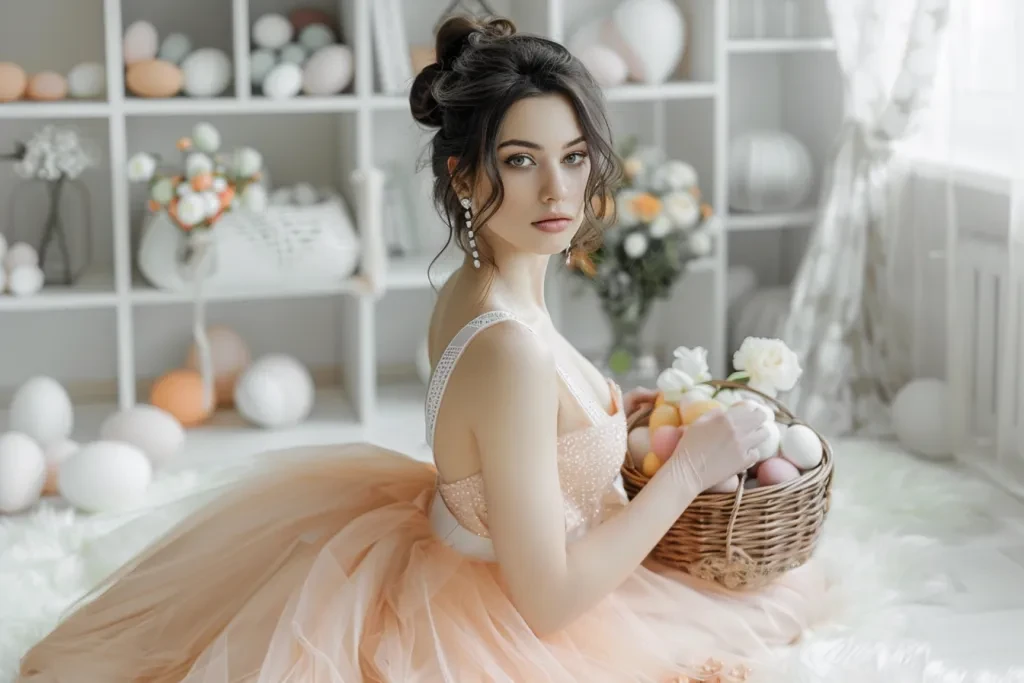
Sustainable and Eco-friendly Fabrics
The fashion industry has seen a growing trend towards sustainability, and petticoats are no exception. Sustainable and eco-friendly fabrics are becoming increasingly popular, driven by consumer demand for environmentally responsible products. Materials such as high-lustre linen, Tencel, Himalayan nettle, and hemp blends are being used to create petticoats that are not only stylish but also sustainable.
These fabrics are chosen for their durability, biodegradability, and low environmental impact. The use of regenerative materials further emphasizes the industry’s commitment to sustainability. Designers are focusing on creating petticoats that are not only beautiful but also environmentally friendly.
The Rise of Synthetic Materials
While sustainable fabrics are gaining popularity, synthetic materials continue to play a significant role in petticoat design. Synthetic fabrics such as polyester and nylon offer several advantages, including durability, ease of care, and affordability. These materials are often used in petticoats to provide structure and volume without adding excessive weight.
The “Catwalk City Analytics: London Women’s S/S 25” report highlights the use of synthetic materials in creating sheer and lightweight petticoats that align with the #SheerDress trend. These petticoats are designed to be worn under sheer dresses and skirts, providing modesty while maintaining the delicate and ethereal look of the outer garment.
Traditional vs. Modern Fabric Choices
The choice of fabric in petticoat design often reflects a balance between traditional and modern influences. Traditional fabrics such as cotton and silk continue to be popular for their natural feel and luxurious appearance. Vintage-inspired cotton pointelle with cotton guipure lace placement appliqué and crochet stitch techniques are used to create petticoats with an heirloom quality.
On the other hand, modern fabric choices such as high-lustre linen, Tencel, and synthetic blends offer practical benefits and align with contemporary fashion trends. These fabrics are chosen for their ability to create fluid, delicate, and lightweight petticoats that are comfortable to wear and easy to care for.
Functionality and Features
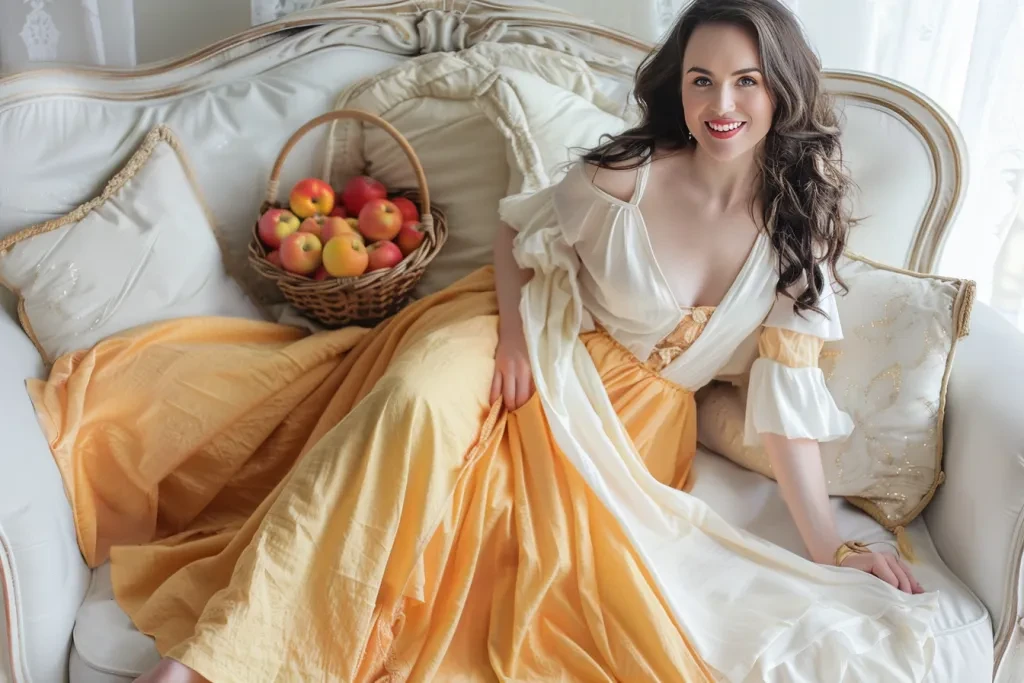
Enhancing Comfort and Wearability
Comfort and wearability are essential considerations in petticoat design. Modern petticoats are designed to be lightweight and breathable, ensuring that they can be worn comfortably for extended periods. The use of advanced materials such as Tencel and high-lustre linen helps to achieve this goal.
Additionally, features such as adjustable waistbands and detachable elements enhance the comfort and versatility of petticoats. These features allow consumers to customize the fit and style of their petticoats, ensuring that they can be worn with a variety of outer garments.
Multi-functional Petticoats
Multi-functional petticoats are becoming increasingly popular, offering consumers the ability to wear them in different ways and for various occasions. Detachable features such as oversized statement bows and other embellishments allow consumers to create different looks with a single petticoat.
These multi-functional petticoats can be dressed up or down, making them suitable for both casual and formal occasions. The versatility of these garments ensures that they can be worn in a variety of settings, maximizing their value and appeal.
Customization and Personalization Trends
Customization and personalization are significant trends in the fashion industry, and petticoats are no exception. Consumers are increasingly seeking garments that reflect their individual style and preferences. Petticoats with detachable features and customizable elements allow consumers to create unique and personalized looks.
These trends are driven by the desire for individuality and self-expression. Customizable petticoats offer consumers the opportunity to mix and match different elements, creating a garment that is truly their own.
Cultural Significance and Heritage
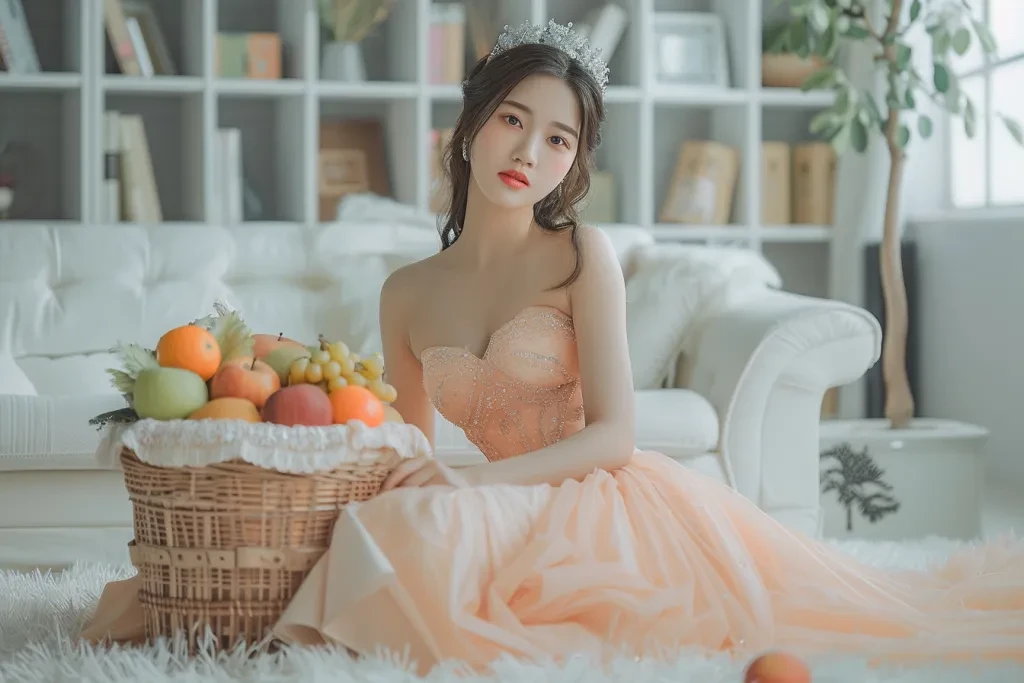
Petticoats in Different Cultures
Petticoats hold cultural significance in various parts of the world, often playing a crucial role in traditional attire. In many cultures, petticoats are worn as part of ceremonial and festive clothing, adding volume and structure to the outer garments. For example, in Indian culture, petticoats are worn under sarees to provide support and shape to the draped fabric.
The “Design Capsule: Girls Sweet Soiree S/S 25” report highlights the use of traditional fabrics and techniques in modern petticoat design, reflecting the cultural heritage and significance of these garments. The incorporation of elements such as vintage-inspired cotton pointelle and crochet stitch techniques adds an heirloom quality to the petticoats, connecting them to their cultural roots.
The Role of Petticoats in Traditional Attire
Petticoats play a vital role in traditional attire, providing the necessary structure and volume to achieve the desired silhouette. In many cultures, petticoats are an essential component of bridal and ceremonial wear. For example, in Western cultures, petticoats are often worn under wedding dresses to create a full and dramatic skirt.
The “Design Capsule: Girls Sweet Soiree S/S 25” report emphasizes the importance of petticoats in traditional attire, highlighting their role in creating elegant and sophisticated looks for special occasions. The use of luxurious fabrics and intricate details in petticoat design reflects their significance in traditional and ceremonial wear.
Revival of Vintage Petticoat Styles
The revival of vintage petticoat styles is a notable trend in the fashion industry. The popularity of TikTok trends such as #Balletcore and #Coquettecore has led to a resurgence of vintage-inspired petticoats. These styles feature elements such as tiered volume, pleats, ruching, corsages, and bows, offering a nostalgic yet modern take on traditional petticoat designs.
The revival of vintage petticoat styles reflects a broader trend towards nostalgia and retro fashion. Consumers are increasingly drawn to garments that evoke a sense of history and heritage, while still being relevant to contemporary fashion trends.
Conclusion
The evolution of petticoat design reflects a dynamic interplay between historical influences and modern adaptations. From their origins as practical undergarments to their current status as fashionable and versatile pieces, petticoats have continually adapted to meet the changing needs and preferences of consumers. The use of sustainable and innovative materials, along with customizable and multi-functional features, ensures that petticoats remain relevant in today’s fashion landscape. As we look to the future, the continued fusion of tradition and innovation will likely drive the evolution of petticoat design, offering consumers garments that are both timeless and contemporary.





 Afrikaans
Afrikaans አማርኛ
አማርኛ العربية
العربية বাংলা
বাংলা Nederlands
Nederlands English
English Français
Français Deutsch
Deutsch हिन्दी
हिन्दी Bahasa Indonesia
Bahasa Indonesia Italiano
Italiano 日本語
日本語 한국어
한국어 Bahasa Melayu
Bahasa Melayu മലയാളം
മലയാളം پښتو
پښتو فارسی
فارسی Polski
Polski Português
Português Русский
Русский Español
Español Kiswahili
Kiswahili ไทย
ไทย Türkçe
Türkçe اردو
اردو Tiếng Việt
Tiếng Việt isiXhosa
isiXhosa Zulu
Zulu